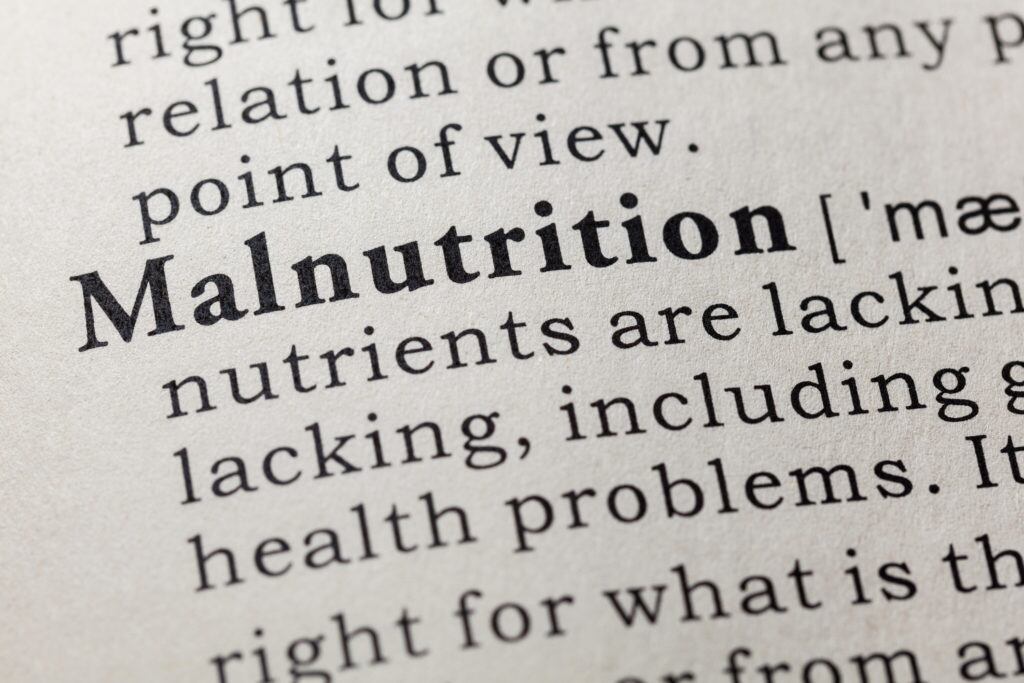The organisation’s comments come as it makes available a report that finds one in three children under five is malnourished with two in three children under two living on poor diets.
According to the report, these diets are the result of poverty, urbanisation, climate change and poor eating choices that lays bare the state of 21st century child malnutrition in all its forms.
“Despite all the technological, cultural and social advances of the last few decades, we have lost sight of this most basic fact: If children eat poorly, they live poorly,” says Henrietta Fore, Unicef executive director.
“Millions of children subsist on an unhealthy diet because they simply do not have a better choice.
“The way we understand and respond to malnutrition needs to change: It is not just about getting children enough to eat; it is above all about getting them the right food to eat. That is our common challenge today.”
Food swamps in UK
Unicef’s report: ‘The State of the World’s Children 2019: Children, food and nutrition,’ also notes that worldwide 149 million children are stunted, or considered too short for their age.
Further findings show that 50 million children are wasted, or too thin for their height and 340 million children (one in two) suffer from deficiencies in nutrients such as vitamin A and iron. 40 million children are overweight or obese.
In a case study on the UK, the report finds one in three children are now overweight or obese when they leave school with children from poor areas twice as likely to be obese.
The prevalence of so-called “food swamps”, particularly in deprived areas, is making it increasingly difficult for children to access healthy food.
“The UK faces the challenge of confronting ‘food swamps’, where an abundance of high-calorie, low-nutrient junk food outlets line the streets, while restricting the promotion of unhealthy foods in supermarkets and ensuring that healthy options are affordable and easily accessible to all,” says Liam Sollis, head of policy at Unicef UK.
The report highlights that while breastfeeding can save lives, only 42% of children under six months of age are exclusively breastfed and an increasing number of children are fed infant formula.
According to the organisation, sales of milk-based formula grew by 72% between 2008 and 2013 in upper middle-income countries such as Brazil, China and Turkey,
Unicef point to inappropriate marketing, weak policies and programmes to protect, promote and support breastfeeding.
Contradictory advice and prohibited claims
The issue has been highlighted in the past with campaign groups such as Changing Markets Foundation and SumOfUs accusing firms of making contradictory advice or use claims prohibited by the World Health Organization (WHO) Marketing Code.
Responding to the accusations at the time, a Nestlé spokesperson said they “shared the authors’ concerns about the current rates of breastfeeding and nutrition status of children and agreed that current breastfeeding rates in Hong Kong and China were not sufficient”.
“We believe breast-milk is the best nutritional choice for an infant and that breastfeeding plays a fundamental role in a baby’s growth and development during the first 1000 days,” they said.
“We apply the WHO (World Health Organization) Code of Marketing of Breast milk Substitutes and subsequent WHA (World Health Assembly) resolutions as implemented by member states. We have put in place a number of compliance measures and mechanisms to ensure compliance.
“We encourage anyone with concerns regarding our practices to share them with us. We are determined to respond systematically.”




